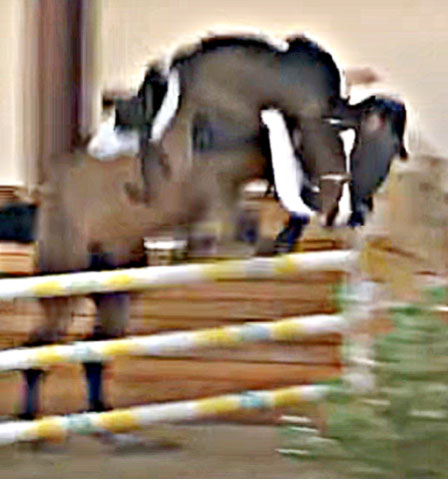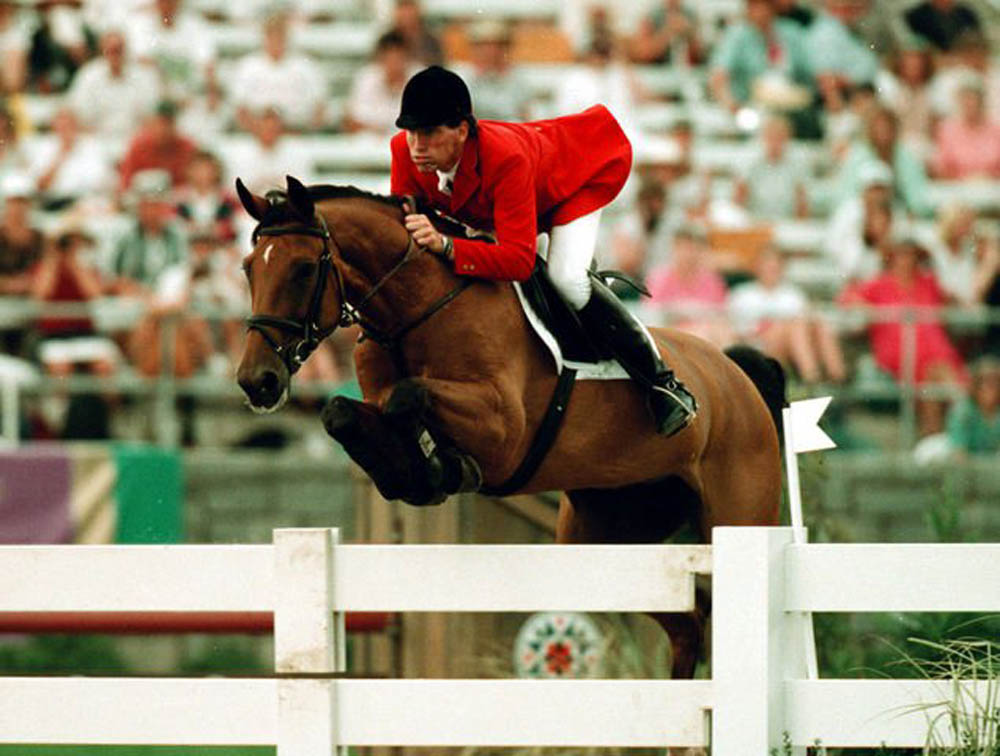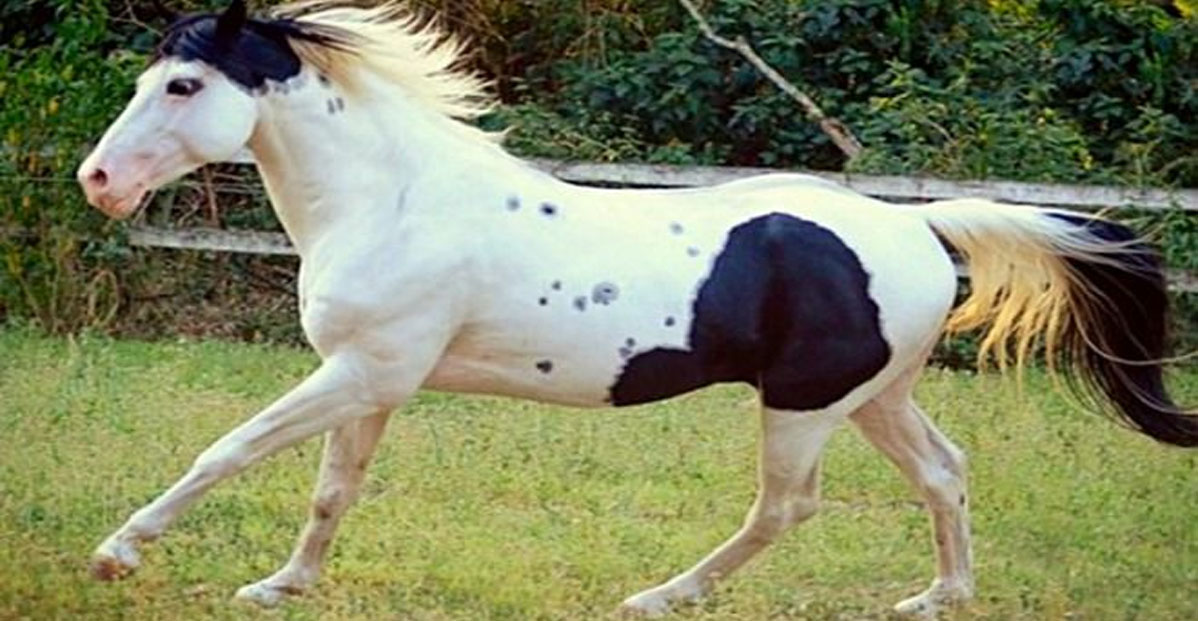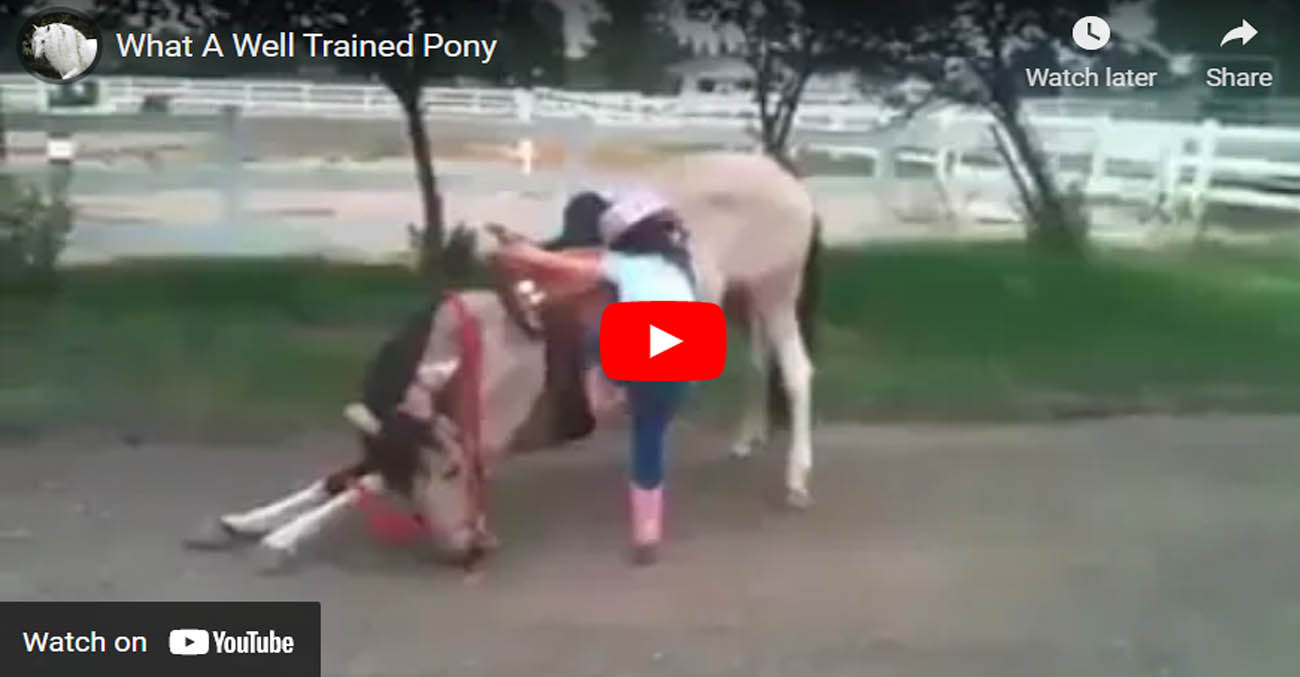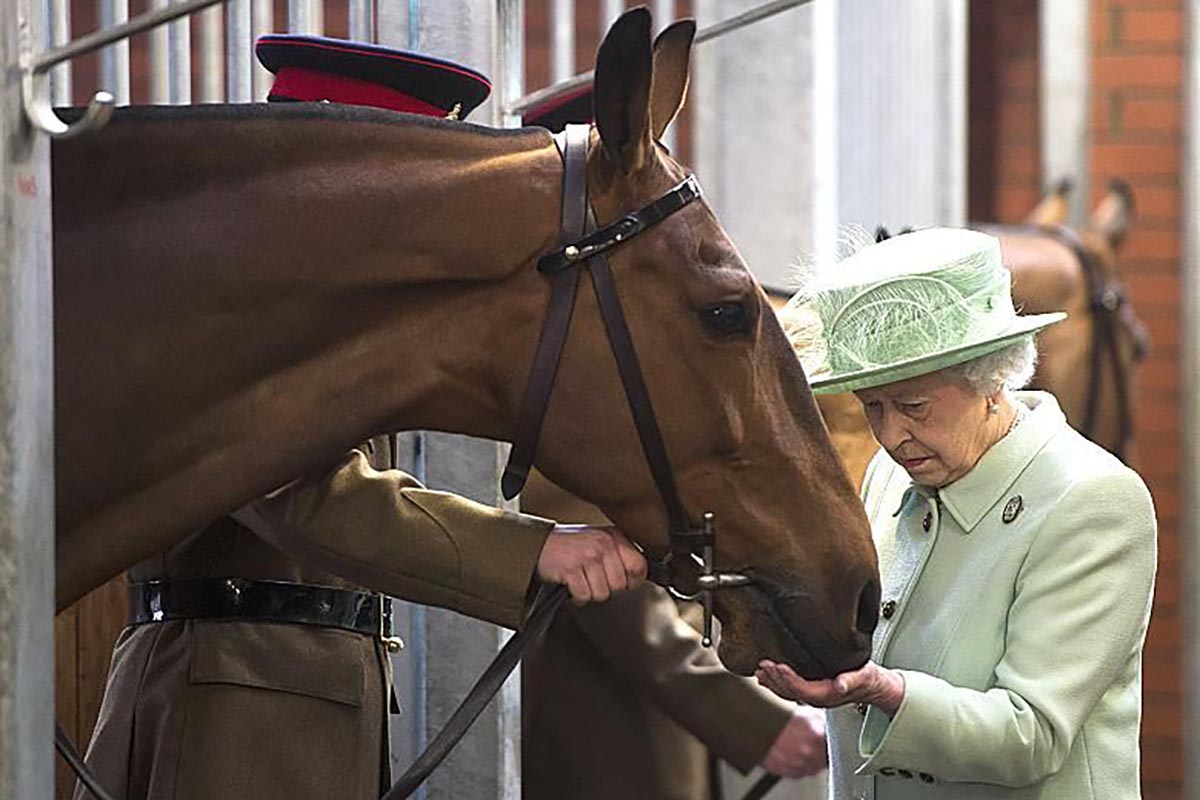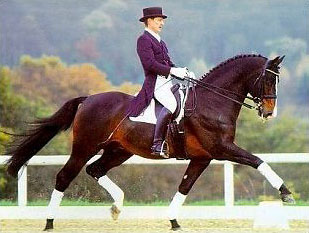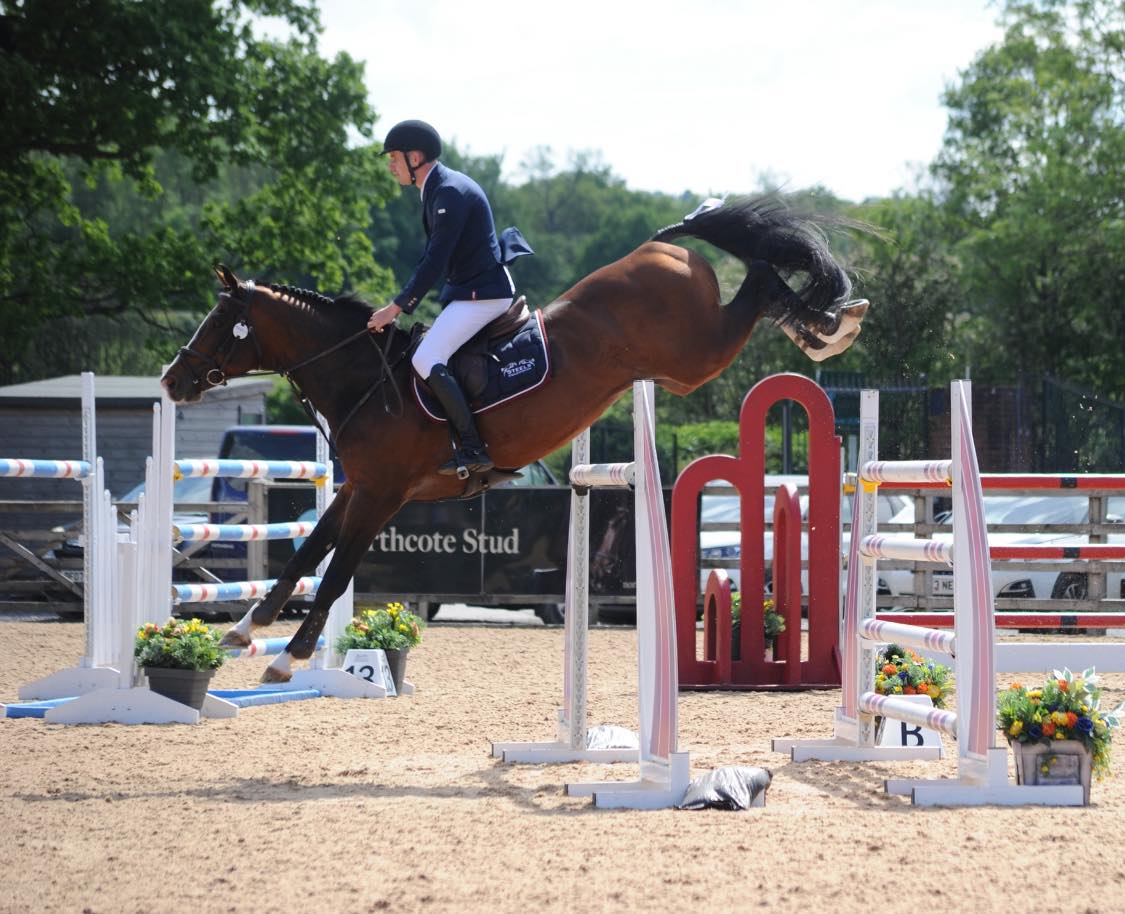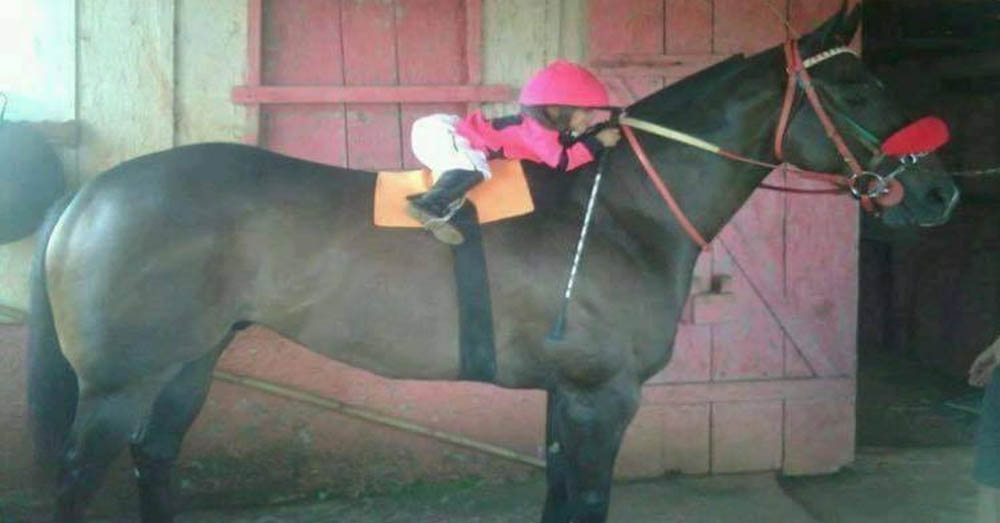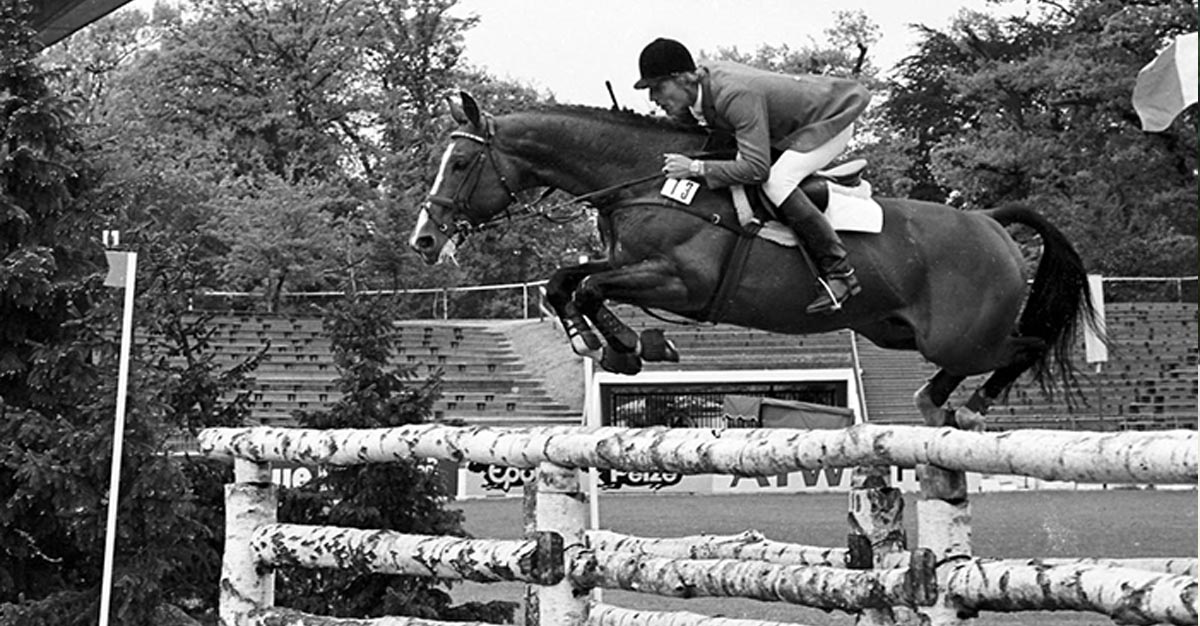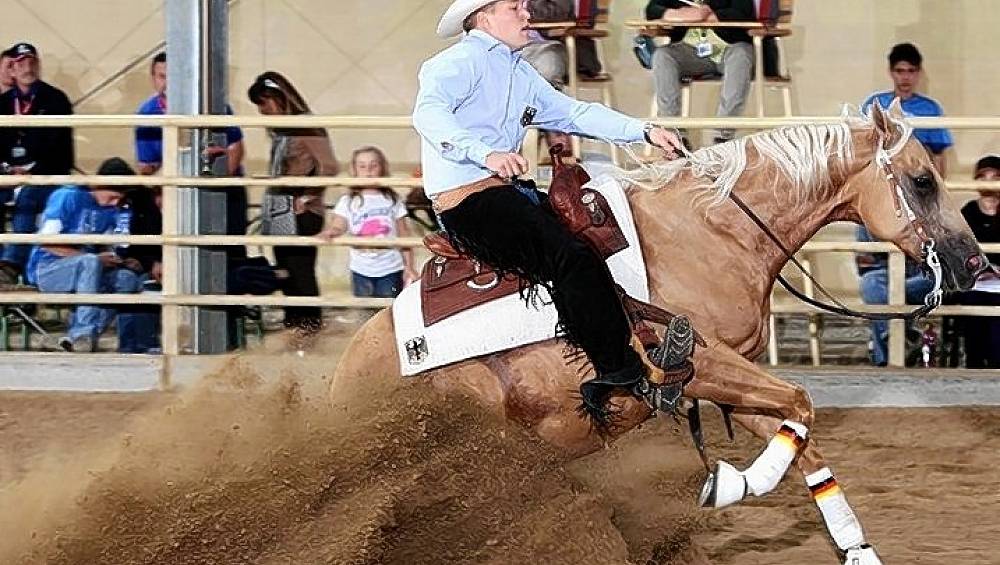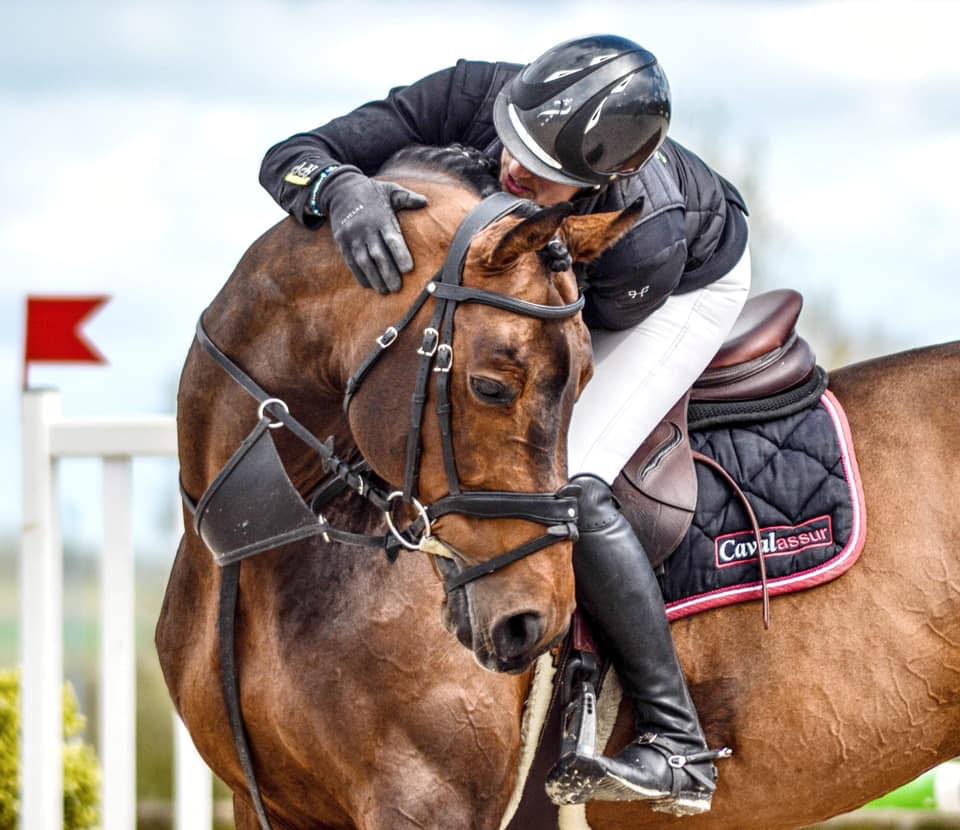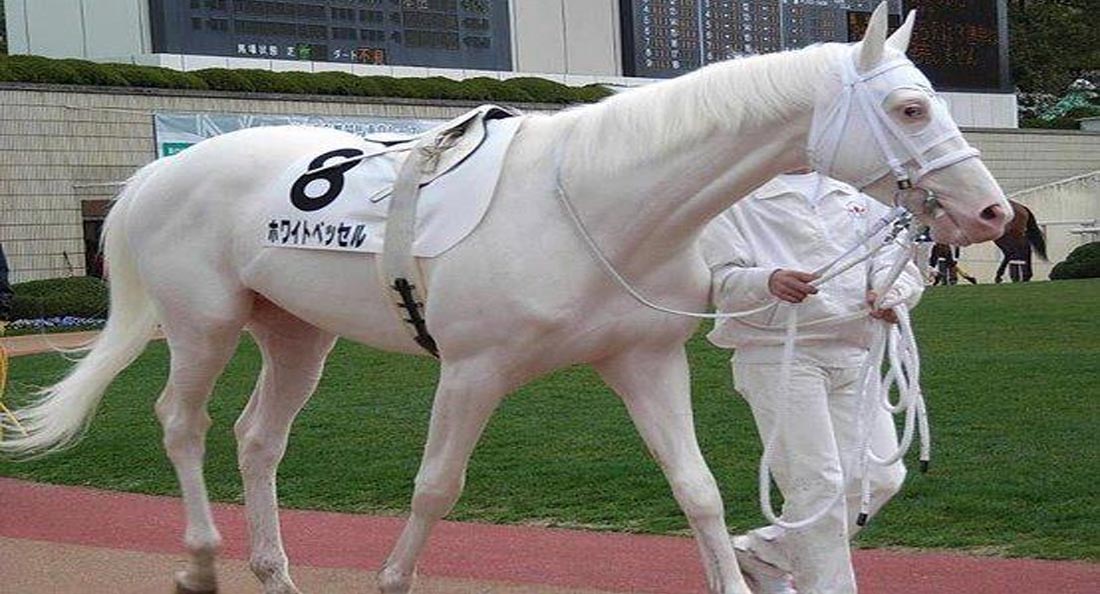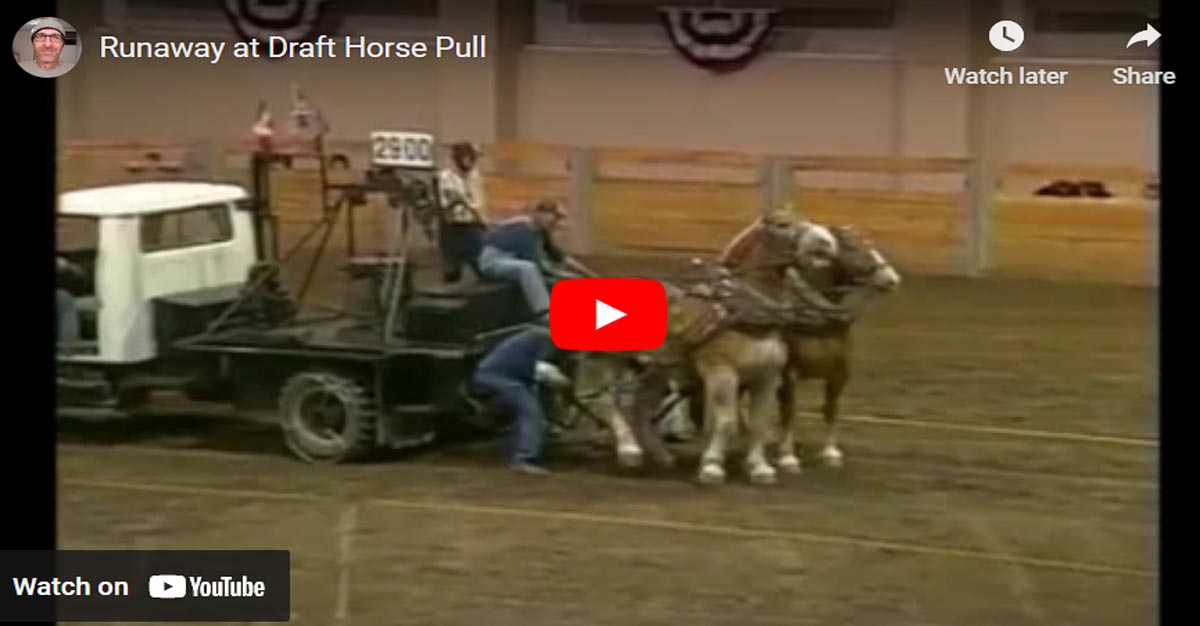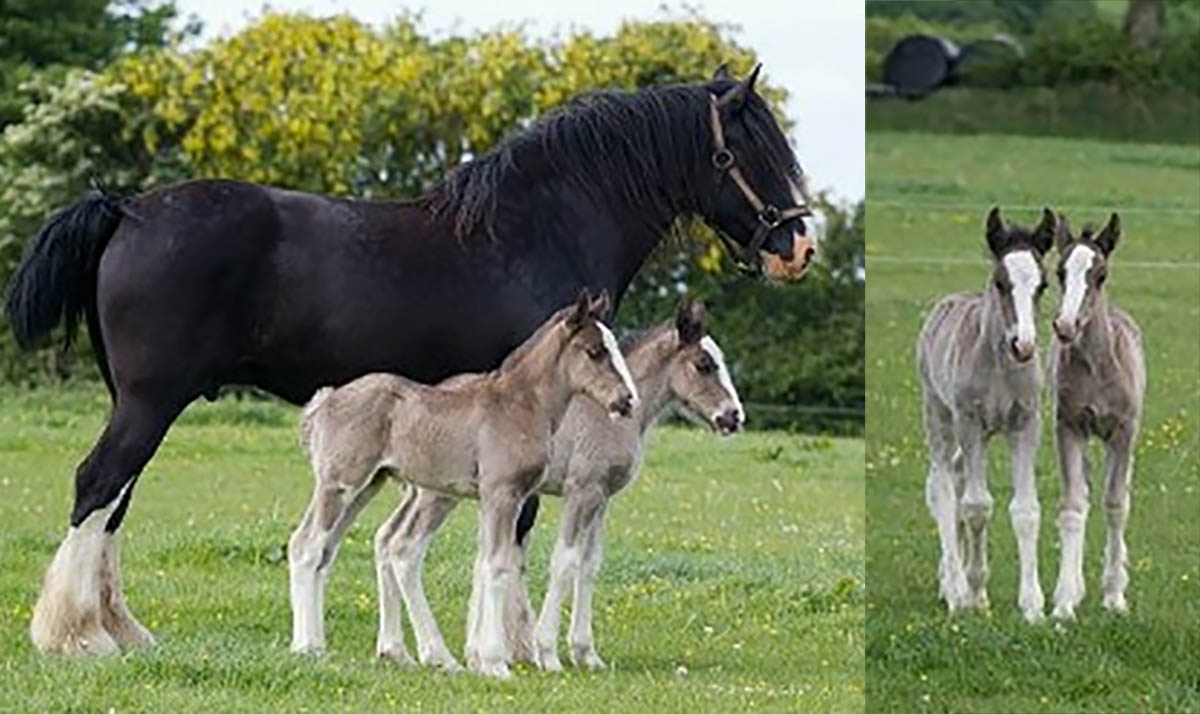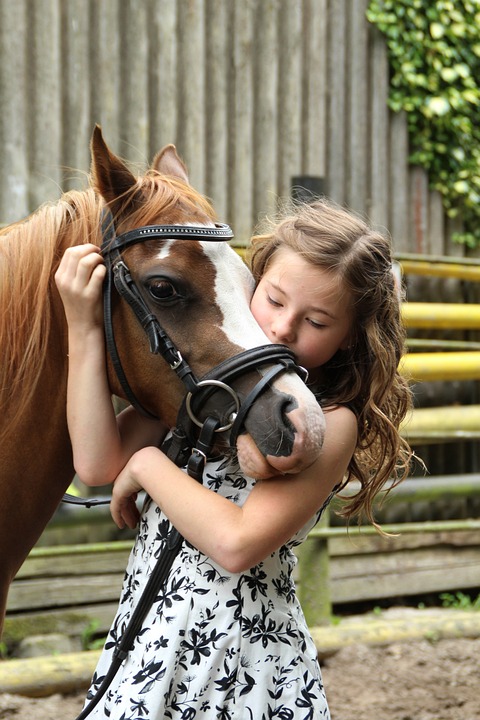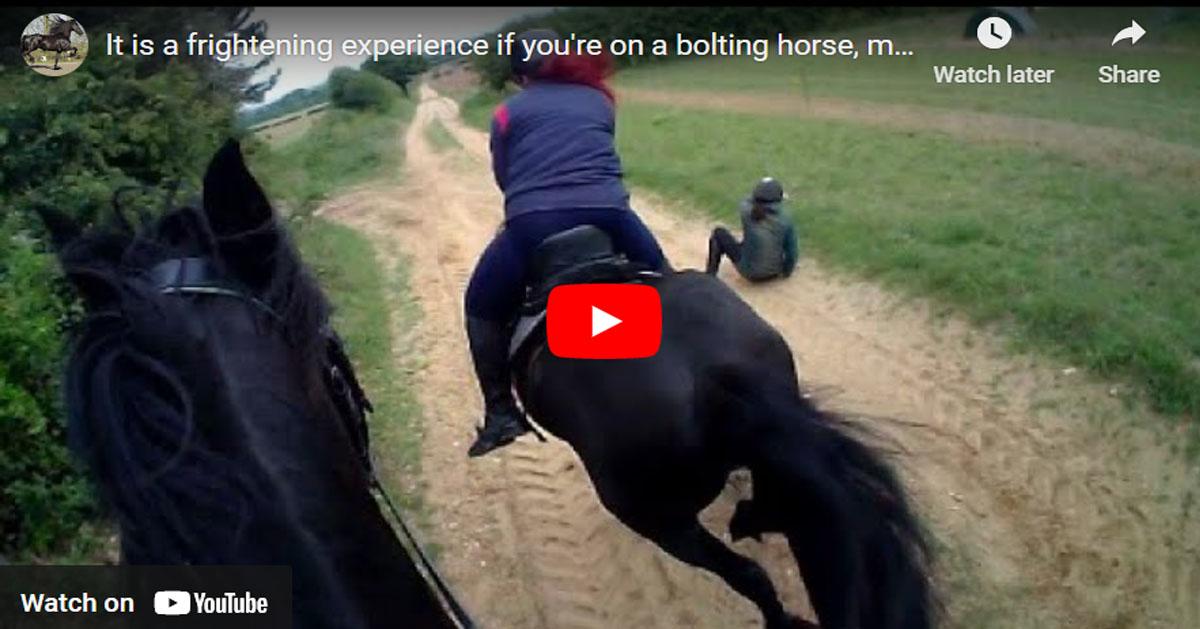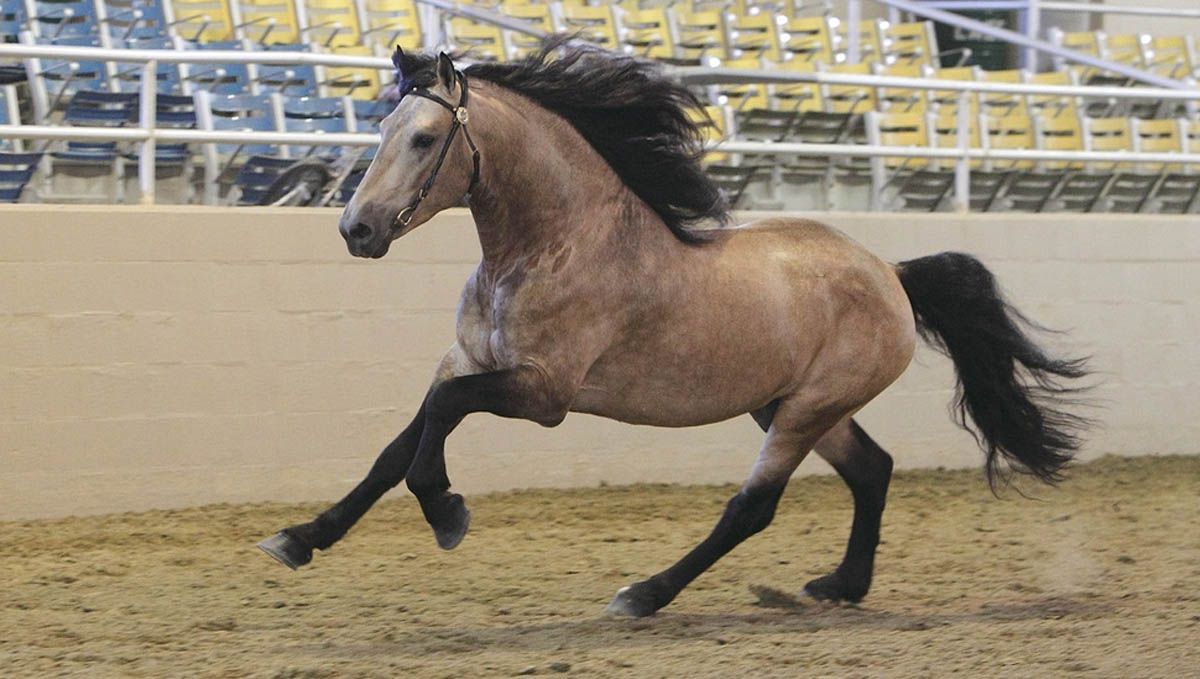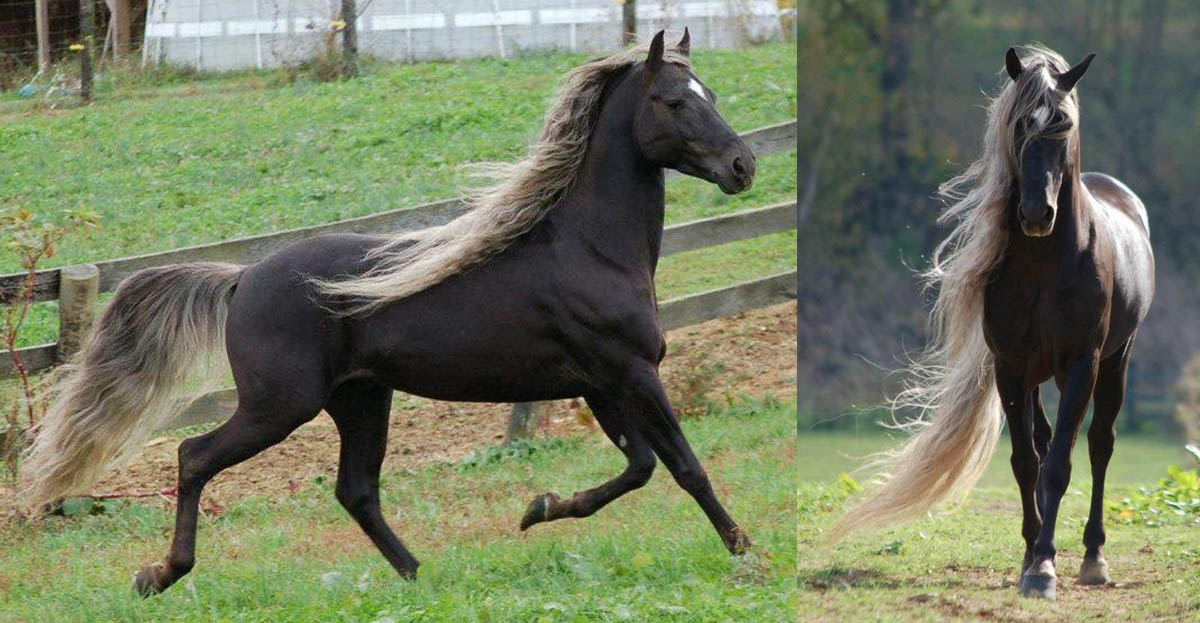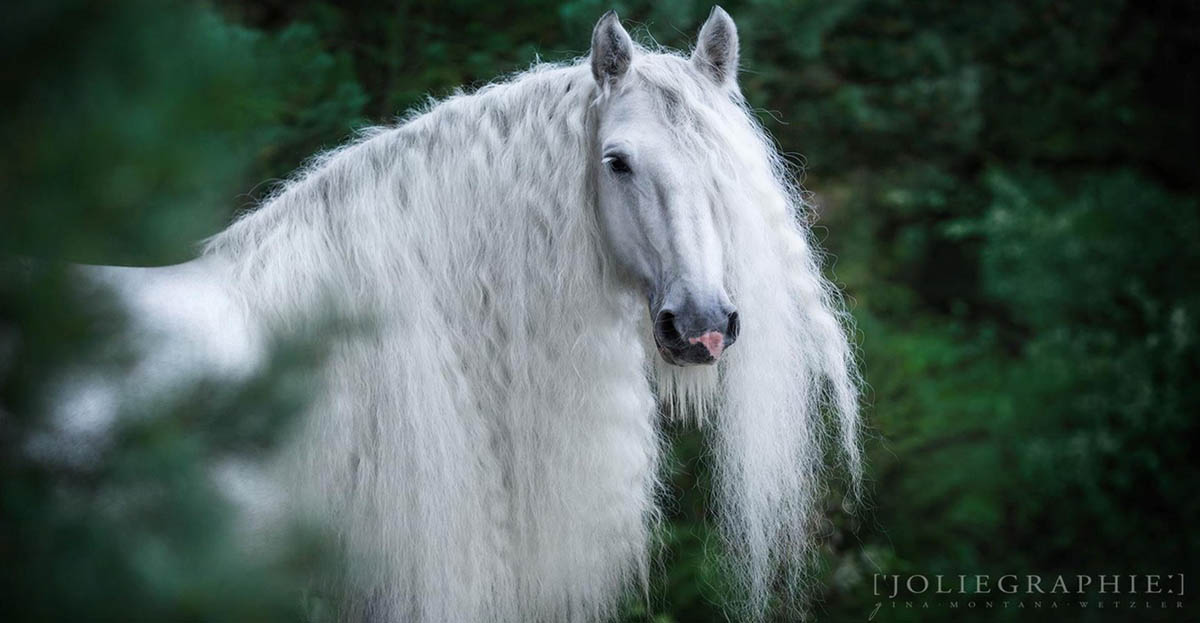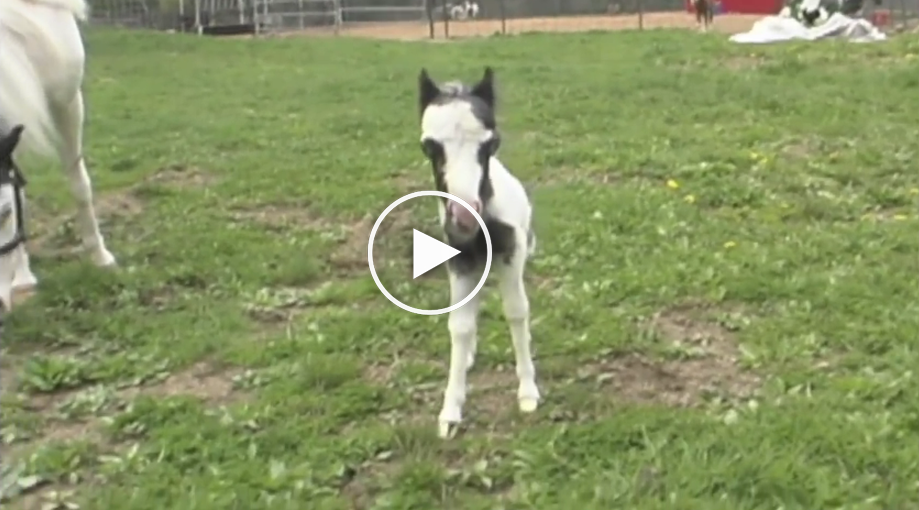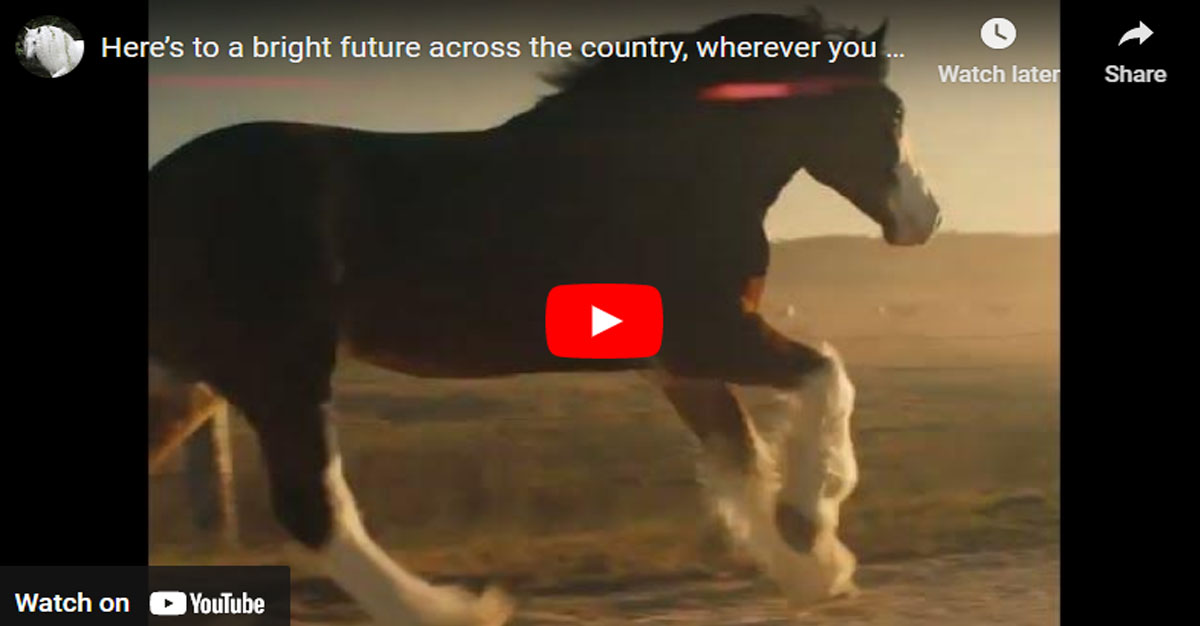Laminitis
What Is Laminitis?
Laminitis is a very painful and potentially crippling disease. It is also potentially fatal if left untreated or unmanaged. Laminitis means "inflammation of the laminae in the hoof." The laminae are the sensitive and insensitive tissue that is found between the hoof wall and the coffin bone.
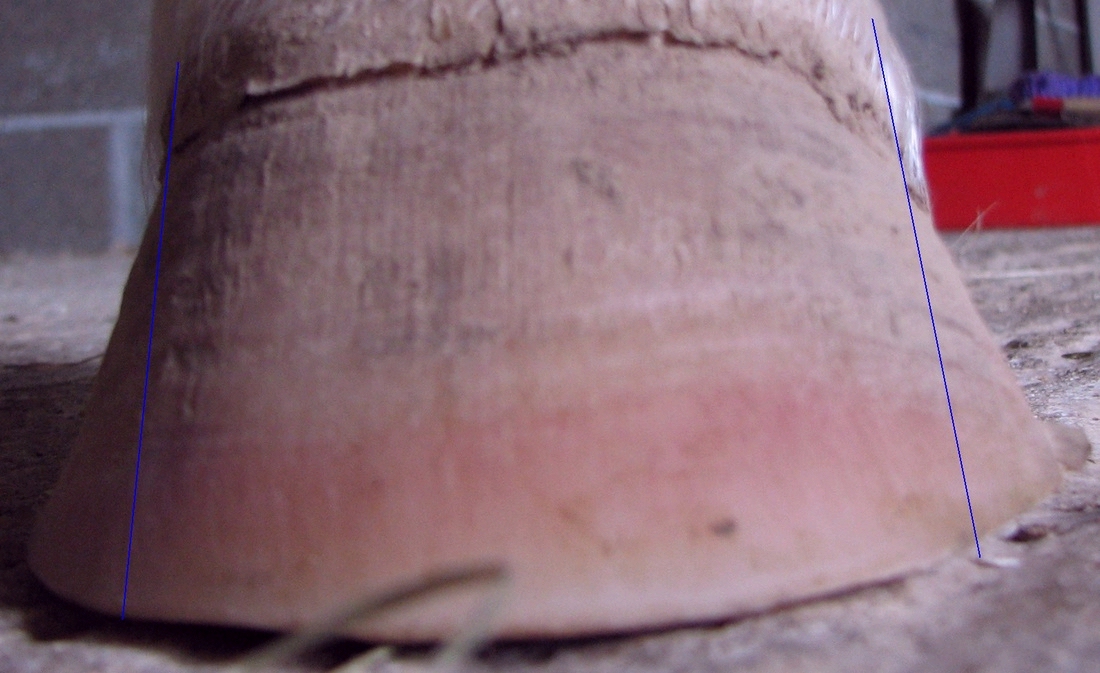 The laminae are small finger-like structures that secure the coffin bone to the hoof wall. These little structures also keep the coffin bone in place. If the blood flow becomes disrupted, inflammation will occur, and this inflammation will weaken the laminae. The weakened laminae will interfere with the hoof wall to coffin bone bond which will make the laminae unable to secure the coffin bone in place.
The laminae are small finger-like structures that secure the coffin bone to the hoof wall. These little structures also keep the coffin bone in place. If the blood flow becomes disrupted, inflammation will occur, and this inflammation will weaken the laminae. The weakened laminae will interfere with the hoof wall to coffin bone bond which will make the laminae unable to secure the coffin bone in place.
If the weight of the horse pushes the coffin bone toward the ground and deep digital flexor tendon rotates the coffin bone under strain, this will turn the laminitis into an acute case of founder. This is extremely painful to the horse. In extreme cases, the coffin bone will protrude or pierce through the sole of the hoof.
Acute Laminitis
The hoof wall will have the `growth ring` appearance around the hoof wall, which indicates the horse has suffered from laminitis before. The heel will usually grow faster than the toe, and the white line in the foot will have widened. The horse may also have a large crest along the neckline.
How Do You Treat Laminitis?
If your horse begins to display these symptoms, it is imperative that you immediately call a vet and carefully follow the treatment plans. Proper treatment needs to be administered quickly to prevent any long term damage to the hooves and also provide pain relief.
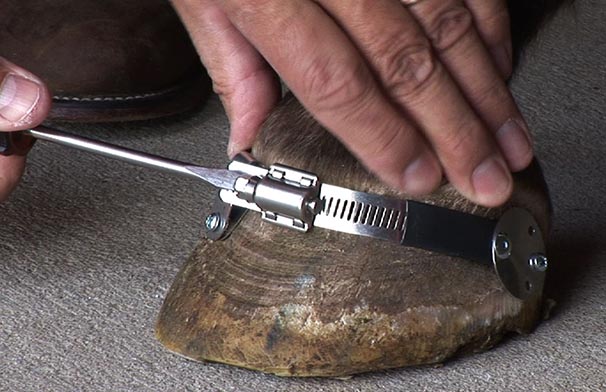
How Do You Prevent Laminitis?
Laminitis is an incredibly painful and devastating disease. Preventing the occurrence of laminitis is better than the cure. When the condition is not treated correctly or quickly, it may lead to permanent damage of the hooves which can result in euthanasia.
Laminitis is a very painful and potentially crippling disease. It is also potentially fatal if left untreated or unmanaged. Laminitis means "inflammation of the laminae in the hoof." The laminae are the sensitive and insensitive tissue that is found between the hoof wall and the coffin bone.

If the weight of the horse pushes the coffin bone toward the ground and deep digital flexor tendon rotates the coffin bone under strain, this will turn the laminitis into an acute case of founder. This is extremely painful to the horse. In extreme cases, the coffin bone will protrude or pierce through the sole of the hoof.
How Does The Horse Get Laminitis?
- Numerous factors can cause laminitis or predispose a horse to develop the condition.
- Horses that are overweight.
- Horses that have previously had laminitis.
- A diet that is excessively rich in soluble carbohydrates such as sugars and starches.
- Stress <;li>A drastic change in environment such as frequent traveling can trigger laminitis.
- Mares are at risk shortly after giving birth due to the additional physical stress.
- Severe infections
- Toxaemia/blood poisoning
- Concussion from working the horse on a hard surface
- Cushing`s disease
Acute Laminitis
- Acute laminitis symptoms occur very suddenly and are quite severe.
- Inability or reluctance to walk or move
- May lie down with an unwillingness to get up again
- Visibly lame when moving on a circle or hard surface
- Will have a digital pulse in the foot
- When standing, the horse may lean back on its hind feet to relieve the pressure on its front feet
- May place its heels down first rather than its toes due to pain in the front of the frog
The hoof wall will have the `growth ring` appearance around the hoof wall, which indicates the horse has suffered from laminitis before. The heel will usually grow faster than the toe, and the white line in the foot will have widened. The horse may also have a large crest along the neckline.
How Do You Treat Laminitis?
If your horse begins to display these symptoms, it is imperative that you immediately call a vet and carefully follow the treatment plans. Proper treatment needs to be administered quickly to prevent any long term damage to the hooves and also provide pain relief.
- The horse should be moved to a stall or a small lot. The stall should be heavily bedded with sawdust, cardboard, or sand.
- Remove any feed, including block licks, but the horse should still be able to access clean water. Stress can exacerbate the condition so make sure the horse is in an environment that he finds comfortable.
- Do not stand the horse in a stream or cold hose its hooves. The cold water soak may help temporarily but will ultimately damage the hooves with long-term cold water soaking.
- The vet may take x-rays of the feet to show how much rotation, if any, has occurred. A farrier may also be needed to correct the rotation and to make sure the feet are in the best condition.

How Do You Prevent Laminitis?
Laminitis is an incredibly painful and devastating disease. Preventing the occurrence of laminitis is better than the cure. When the condition is not treated correctly or quickly, it may lead to permanent damage of the hooves which can result in euthanasia.
- Follow the rule of `feed little and often.` This is very similar to the horse`s natural feeding pattern and will help their digestive system functioning properly.
- Restrict grass intake by using electric fencing to `strip graze.`
- Turning a horse out at night and bringing it in during the day may help.
- Do not turn a horse out to pasture on lush or frosted grass.
- Turn out a group of horses that require the same management together.
- Maintain a consistent exercise program for the horse to prevent obesity.
- Have a farrier tend to the horse`s feet every 4-5 weeks to make sure that the hooves are in the best condition possible to prevent laminitis.
- Remove the horse from grass as soon as it seems to be lame.
- Check the horse`s crest regularly. If it becomes hard, remove the horse from grass until the crest softens.
Share with your friends



